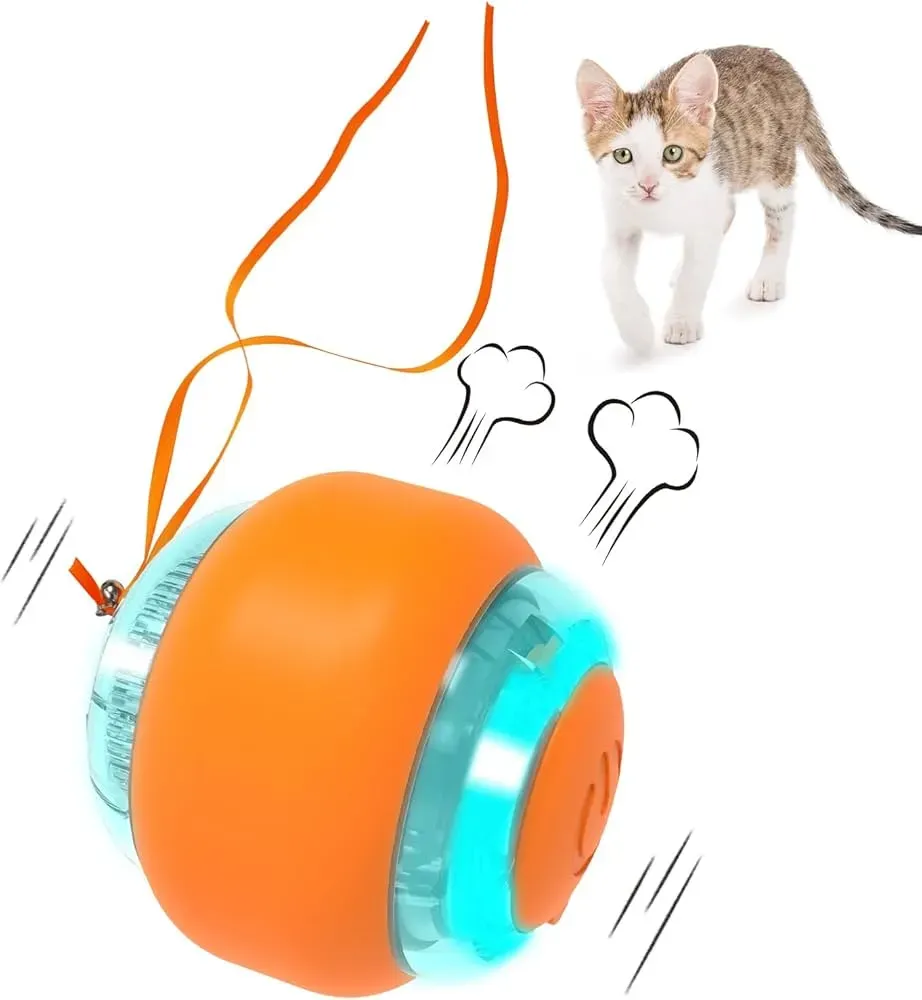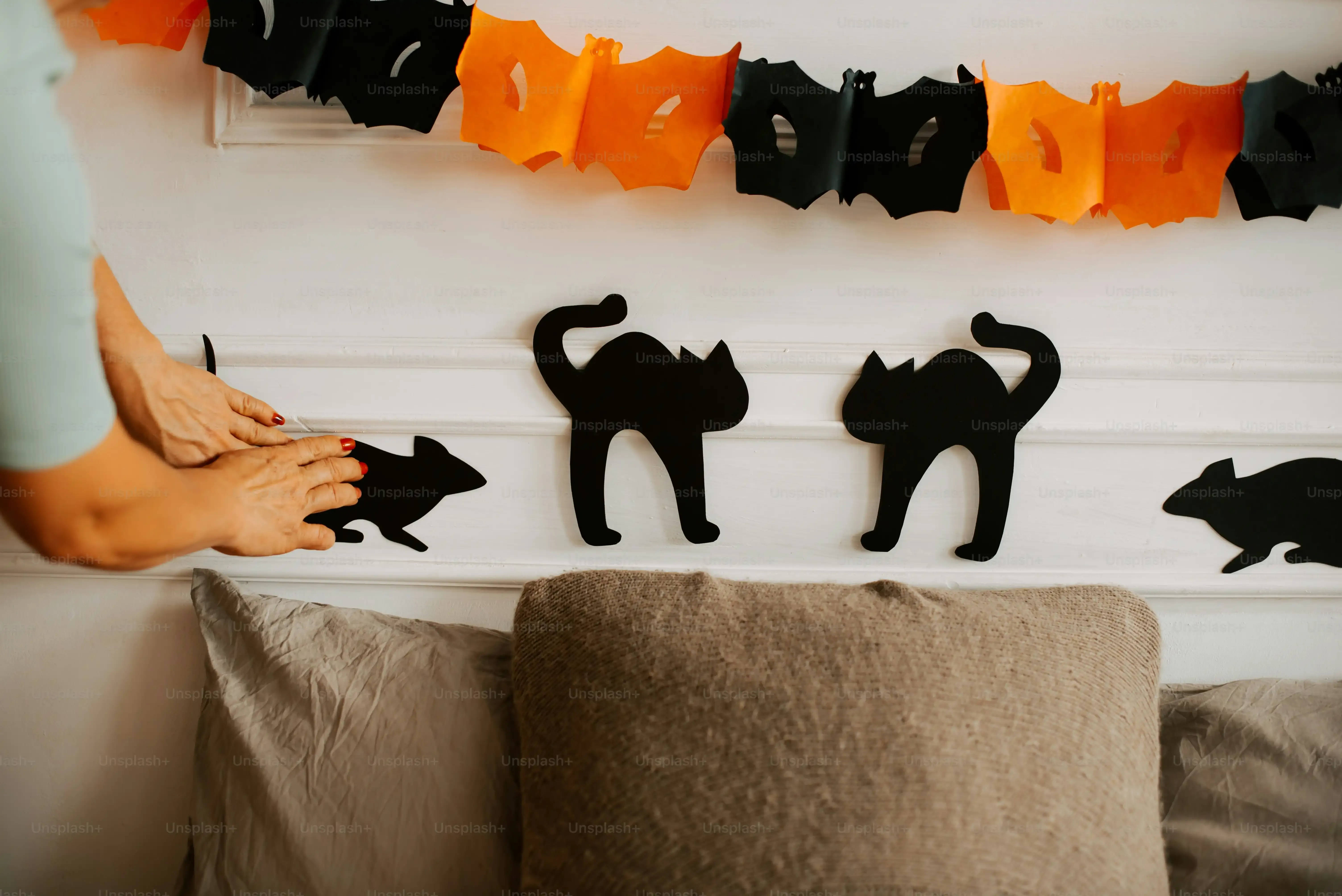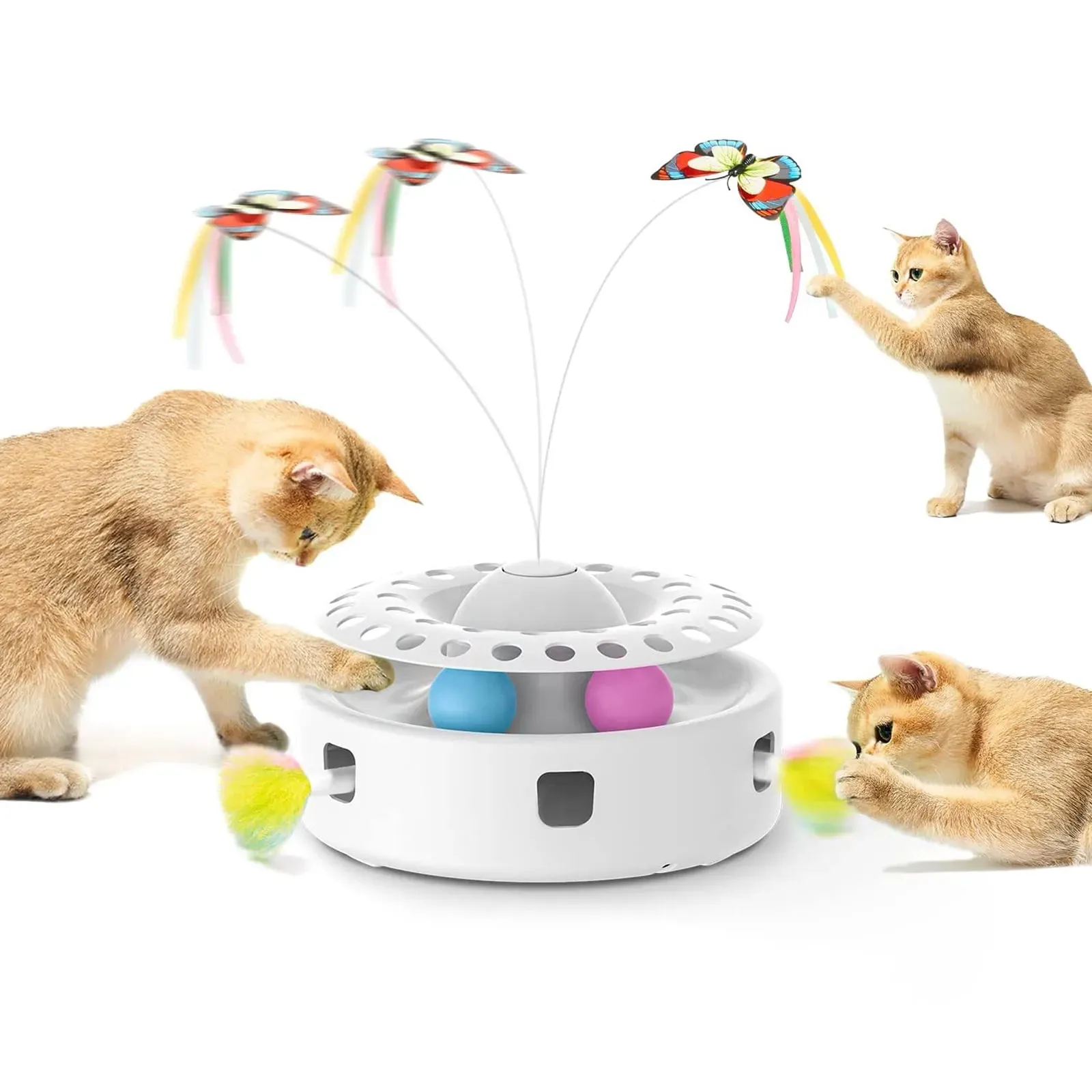Table of Contents
Ever watched your cat stare longingly out the window, or worse, turn your favorite sofa into a scratching post? Indoor cats, especially, can get a serious case of the blahs. They're hardwired predators, built for stalking, pouncing, and chasing. Our comfy homes, while safe, don't always offer the jungle gym they crave. This is whereinteractive cat toys that moveenter the picture.
Why Your Cat Needs Interactive Cat Toys That Move (Beyond Just Fun)

Why Your Cat Needs Interactive Cat Toys That Move (Beyond Just Fun)
It's Not Just Play, It's Their Job
Look at your cat. Really look. Even if they're currently draped over the armrest like a furry noodle, their ancestors were apex predators. They didn't get dinner delivered in a bowl; they worked for it. That instinct to stalk, chase, and capture is still hardwired into their little brains. Ignoring it is like telling a high-performance sports car to just sit in the garage.Interactive cat toys that movearen't just a luxury; they're a way to let your indoor hunter actually hunt, safely and appropriately. It fulfills a fundamental biological need that kibble alone can't.
Boredom Is a Real Problem (For Both of You)
A bored cat is often a destructive cat. Think about it: endless hours with nothing to do except contemplate the dust bunnies under the sofa. That pent-up energy and unused brainpower have to go somewhere. Sometimes it manifests as excessive meowing, scratching furniture, or even aggression. Providing interactive cat toys that move gives their minds something complex to figure out – the unpredictable movement, the challenge of the catch. It’s mental enrichment that prevents the feline equivalent of cabin fever. A cat that's mentally stimulated is generally a happier, calmer companion.
What happens when cats get bored?
- Destructive scratching
- Excessive vocalization (the "I'm bored and telling everyone" meow)
- Aggression towards humans or other pets
- Overeating or lack of appetite
- Lethargy and withdrawal
Healthy Body, Stronger Bond
Let's be honest, many indoor cats aren't exactly running marathons. Obesity is a serious issue, leading to diabetes, joint problems, and a shorter lifespan. Toys that move encourage bursts of activity – sprints, jumps, pounces. This isn't just about burning calories; it keeps their muscles toned and their joints mobile. Plus, engaging in play with your cat, even if it's initiating the toy's movement, strengthens your bond. You become part of the fun, the provider of the "hunt," which builds trust and positive association. It's quality time that benefits everyone involved.
Hunting Instincts: How Interactive Cat Toys That Move Tap In

Hunting Instincts: How Interactive Cat Toys That Move Tap In
Mimicking the Chase
Think about what a cat does in the wild. They don't just walk up and munch on their dinner. There's a whole sequence: spot, stalk, chase, pounce, capture. It's a primal ballet.Interactive cat toys that moveare designed to mimic stages of this sequence. A toy that zips across the floor erratically simulates a scurrying mouse. One that pops out from under a cover copies a bird hidden in the brush. This unpredictable movement is key. It triggers that hardwired predatory response, engaging their brains and bodies in the way nature intended. It's not just random motion; it's motion that screams "prey!" to a cat.
The World of Moving Cat Toys: Types and What They Actually Do
Alright, so you're sold on the "why." Now, what does this world ofinteractive cat toys that moveactually look like? It's not just one thing. You've got laser pointers (use with caution, never directly in their eyes!), self-rotating balls that bump and roll unpredictably, toys that hide and pop out from under fabric covers, and even electronic mice that dart around corners. Each type taps into a slightly different aspect of the hunt. The erratic motion of a rolling ball mimics escaping prey, while the peek-a-boo style toy replicates something hiding in the bushes before making a break for it. They're designed to surprise, challenge, and keep your cat guessing, preventing them from getting bored with predictable patterns.
Toy Type | How it Moves | Instinct it Taps Into |
|---|---|---|
Laser Pointer (use safely!) | Erratic light dot | Chase, Stalking |
Automatic Ball | Rolls, bumps, changes direction | Chase, Pouncing |
Peek-a-Boo Toy | Object pops out/hides | Ambush, Stalking, Pouncing |
Electronic Mouse | Darts, pauses, changes speed | Chase, Stalking, Capture |
Picking the Right Interactive Cat Toys That Move for Your Finicky Feline

Picking the Right Interactive Cat Toys That Move for Your Finicky Feline
Picking the Right Interactive Cat Toys That Move for Your Finicky Feline
so you're ready to invest in someinteractive cat toys that move, but your cat acts like a tiny, furry art critic with impossibly high standards? You're not alone. Some cats will play with a plastic bottle cap for hours, while others turn up their nose at the most expensive gadget on the market. The key isn't finding the "best" toy universally, but finding the best toy *for your cat*. This requires a bit of observation and maybe some trial and error. Consider their personality: are they a stealthy hunter who prefers to stalk, or a chaotic pouncer who just wants something to bat around? Do they like things that wiggle, dart, or pop up? Their past experiences and preferences are your best guide.
Ask yourself these questions before buying:
- Does my cat prefer ground prey (mice, bugs) or air prey (birds)?
- Are they easily startled or do they enjoy surprises?
- How durable does the toy need to be (considering chewing habits)?
- Do I need a toy they can use alone or one we can use together?
- What sounds or textures does my cat seem to like (or dislike)?
Making the Most of Interactive Cat Toys That Move: Tips and Tricks

Making the Most of Interactive Cat Toys That Move: Tips and Tricks
Timing is Everything (Just Like Dinner)
So you've got your fancy newinteractive cat toys that move. Don't just plop it down and expect magic. Cats are creatures of habit, and often, the best time for active play is when their natural hunting instincts are peaking. That's typically around dawn and dusk. Try introducing the toy before their regular mealtime. This mimics the natural hunt-and-eat cycle. They get to 'work' for their food, which makes the meal more satisfying and reinforces the positive association with the toy. Think of it as an appetizer before the main course. A quick 15-20 minute session can make a world of difference. Don't force it, though. If they're not interested right away, try again later. Maybe they're just not feeling the chase vibe at that exact moment.
Manage Expectations and Keep it Fresh
Here's a dose of reality: not every cat will become instantly obsessed with every single moving toy. Some are picky. My own cat, Mittens, looked at one expensive robotic mouse like I'd just presented her with a tax audit. She preferred batting around a crumpled receipt. The point is, variety matters, and rotation is key. Don't leave all theinteractive cat toys that moveout all the time. Put some away and bring them out on a schedule. This keeps them novel and exciting. If a toy is always available, it loses its appeal. Think of it like your favorite restaurant – if you ate there every single day, it wouldn't feel special anymore. Keep them guessing, keep them engaged.
Quick Tips for Toy Success:
- Schedule play sessions, especially before meals.
- Rotate toys weekly to maintain interest.
- Store toys out of sight when not in use.
- Don't get discouraged if a toy isn't an instant hit.
- Observe *how* your cat prefers to play.
Beyond the Yarn Ball: Finding Your Cat's Play Match
So, we've established that a static toy collection just isn't cutting it for a creature built to hunt. Interactive cat toys that move aren't a magic bullet for every feline behavioral quirk, but they are a potent tool in combating boredom and channeling natural energy. Finding the right one often involves a bit of trial and error. Your cat might ignore the fancy laser pointer and become obsessed with a simple wiggling worm. That's fine. The point is to offer variety and observe what sparks that predatory gleam in their eye. Don't expect miracles overnight, but consistently offering engaging play can make a real difference in their well-being and, let's be honest, save your furniture from becoming the primary target practice.